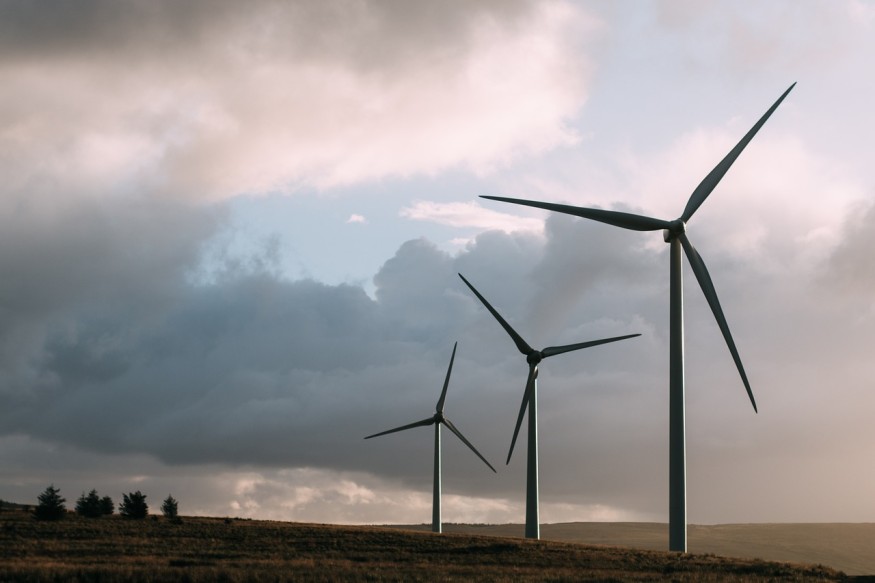Renewable energy is the generation of power from natural resources that replenish themselves continuously, presenting a crucial alternative to finite fossil fuels. This clean power source plays a vital role in mitigating climate change by reducing carbon emissions and fostering global sustainability. A comprehensive understanding of renewable energy, including solar and wind technologies, is essential as the world transitions towards greener energy solutions.
Understanding Renewable Energy
Renewable energy originates from naturally replenished sources, such as sunlight, wind, water, geothermal heat, and organic matter. Unlike fossil fuels, renewables do not deplete over time and emit little to no greenhouse gases, making them critical to global efforts to reduce carbon emissions. Key renewable energy sources include solar, wind, hydroelectric, biomass, and geothermal, each contributing uniquely based on regional resource availability.
Solar Power Basics
Solar energy harnesses sunlight through photovoltaic (PV) cells in solar panels, converting solar radiation into electricity via the photovoltaic effect. Its versatility ranges from small residential systems to vast solar farms powering grids. Technological innovations and declining costs have accelerated solar adoption worldwide. Although sunlight variability poses challenges, advances in energy storage and hybrid systems improve solar power stability and integration.
Wind Energy Benefits
Wind energy converts the kinetic energy of moving air to electricity using turbines that spin generator-connected blades. This method produces electricity without direct carbon emissions, supporting environmental goals and economic growth via job creation in manufacturing and maintenance.
Onshore and offshore wind farms are expanding globally, backed by advancements that increase turbine efficiency and reduce costs. Wind energy also diversifies energy portfolios and substantially mitigates carbon footprints.
Challenges and Innovations
Intermittency is a primary challenge; solar relies on daylight, and weather conditions affect wind. However, battery storage technologies, smart grid systems, and the development of flexible grid infrastructure bolster renewable energy reliability. Advances in turbine design, materials science, and energy forecasting enhance efficiency and lower costs, enabling smoother integration into power grids.
Global Renewable Energy Growth and Regional Leadership
Global renewable energy capacity is surging rapidly, with forecasts indicating total capacity will reach 5,800 GW by 2025, up from 4,200 GW in 2023, and is expected to surpass 6,200 GW within the year. Renewables produced about 30% of global electricity in 2023, with projections estimating 42-45% by 2030. Solar energy led new installations, accounting for nearly 75% of growth in 2024-2025, complemented by a rebound in wind projects, especially offshore developments in Europe, China, and the U.S.
China commands a dominant role, accounting for roughly 60% of all new renewable capacity additions expected by 2030. In 2024, China alone installed over 260 GW of renewables, more than the rest of the world combined, with approximately 190 GW from solar and 60 GW from wind. Its total renewable capacity now stands near 1,400 GW, supplying over 35% of the country's electricity. Government policies targeting 1,200 GW of combined solar and wind by 2030 drive this expansion, supported by China's manufacturing capacity, which keeps global equipment costs low.
Europe, the United States, and India follow as key contributors with varied growth rates. Together, these regions are transforming global energy consumption habits, collectively generating nearly 90% of worldwide renewable energy capacity expansion. However, challenges like grid congestion in China, permitting delays, and uneven financing in developing economies pose risks to sustained growth. Investments in grid upgrades and energy storage are critical priorities to unlock further potential.
Environmental and Economic Impacts
Renewable energy displaces fossil fuels, cutting carbon dioxide emissions critical for climate change mitigation. In 2025, renewables surpassed coal as the leading source of global electricity generation, with solar growing 31% and wind 7.7%. This shift supports cleaner air, reduced water use, and fewer ecological disruptions than coal- or natural gas-fired power plants.
Economically, renewables contribute significantly to job markets worldwide, from manufacturing panels and turbines to installation, maintenance, and grid management. The falling cost of renewables accelerates their competitiveness against traditional energy sources, benefiting consumers with more affordable electricity and enhancing energy security by diversifying supply sources.
Future of Clean Power
The future energy landscape will be heavily shaped by renewables, supported by technological advancements and policy initiatives that encourage clean energy investments. Emerging technologies like green hydrogen and enhanced bioenergy promise to supplement solar and wind power, addressing sectors hard to electrify.
Energy systems integration will become more sophisticated as battery storage, demand response programs, and digital grid management tools are widely deployed, ensuring stability and reliability. The global commitment to increase renewable additions to around 800 GW annually by 2030 aligns with net-zero targets and the Sustainable Development Goals.
Frequently Asked Questions
1. What are the main types of renewable energy?
Solar, wind, hydroelectric, biomass, and geothermal represent the primary renewable energy sources.
2. How is solar energy different from other renewables?
Solar converts sunlight directly into electrical energy through photovoltaic cells, unlike other methods reliant on mechanical motion.
3. What are the pros and cons of wind energy?
Wind is clean and increasingly cost-effective, but it is dependent on favorable wind conditions and requires significant land or offshore areas.
4. Can renewable energy completely replace fossil fuels?
Technological progress and increasing capacity indicate renewables can meet growing energy demands sustainably, though further expansion and grid innovation are necessary.
© 2025 ScienceTimes.com All rights reserved. Do not reproduce without permission. The window to the world of Science Times.













